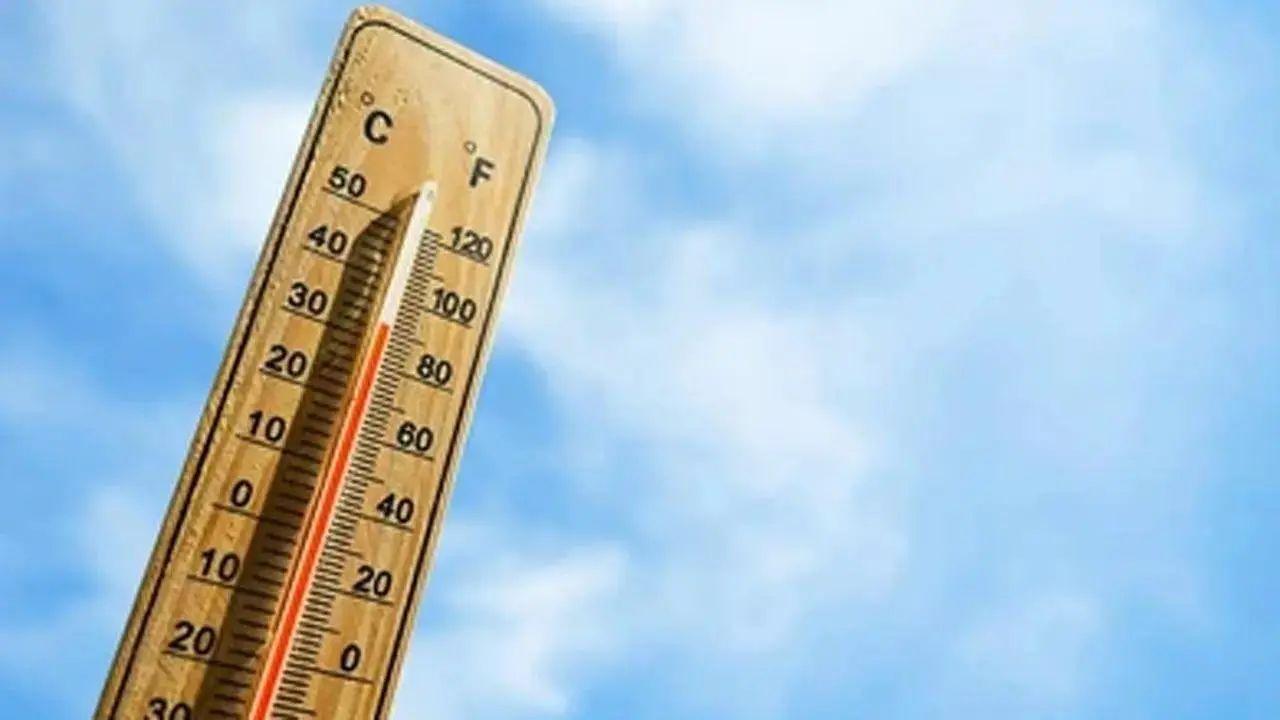Mumbai heatwave alert: In March, IMD predicts temperatures to soar further by one or two degrees. A 'yellow warning' has been issued for heatwave in Mumbai, Thane district, and Raigad and Ratnagiri districts in the Konkan region of Maharashtra

Representational Image
The Indian Meteorological Department (IMD) has issued a 'yellow warning' for heatwave in Maharashtra’s Konkan region, including Mumbai, Thane, and surrounding districts, due to the rising temperatures on Tuesday and Wednesday.
ADVERTISEMENT
As per IMD’s 24-hour forecast, daytime temperatures are expected to rise to around 38°C on Wednesday. At 38.4 degrees, the IMD Santacruz's maximum temperature was 6.4 degrees above normal on Monday.
In March, IMD predicts temperatures to soar further by one or two degrees. Sunil Kamble, the director of India Meteorological Department (Mumbai), said, "Global temperatures are already increasing and the impact is that we are seeing higher temperature every month. I mean, we have accepted that globe temperature has increased by one degree, so every month the seasonal patterns are changing and we are getting the temperature at the higher side by one or two degree in every month," he added.
Kamble advises, "Avoid going out between 12pm-3pm at least so that the impact can be reduced. You can do whatever is required after 4pm so that that the impact will not be on you."
To help you stay safe during these extreme conditions, here are some important Dos and Don’ts:
Dos:
- Stay hydrated: Drink plenty of water throughout the day, even if you don’t feel thirsty.
- Consume hydrating drinks: In addition to water, consider drinks like ORS (Oral Rehydration Solution), homemade lassi, rice water (torani), lemon water, buttermilk, and coconut water.
- Wear appropriate clothing: Go for lightweight, light-coloured, loose-fitting cotton clothes to stay cool.
- Protect yourself from the sun: If you need to be outside, cover your head with a cloth, hat, or umbrella. Wear sunglasses to protect your eyes, and apply sunscreen to safeguard your skin.
- Vulnerable groups: The elderly, children, sick individuals, and those who are overweight are more susceptible to heat-related issues. Ensure they are well
- Provide cool water at work: Make sure there is access to cool drinking water at your workplace.
- Consult a doctor if necessary: People with epilepsy, or those suffering from heart, kidney, or liver conditions—especially those on fluid-restricted diets—should consult a doctor before increasing their liquid intake.
- Stay indoors: Try to limit your time outdoors as much as possible.
- Use traditional remedies: Consider consuming onion salad or raw mango with salt and cumin, which may help prevent heatstroke.
- Cool off regularly: Use fans, damp cloths, or take cold baths to stay comfortable.
- Seek medical attention: If you experience dizziness, fatigue, or other symptoms, seek medical attention immediately.
- Help heatstroke victims: If someone shows signs of heatstroke, apply a wet cloth or pour cool water over their head to provide relief.
Don’ts:
- Avoid the sun during afternoons: Stay indoors between 12:00 PM and 3:00 PM, when the sun’s intensity is at its highest.
- Limit physical exertion: Avoid strenuous outdoor activities, especially in the afternoon heat.
- Don’t walk barefoot: Protect your feet from the hot ground.
- Avoid cooking during peak heat: Try not to cook during the hottest part of the day. Ensure proper ventilation in cooking areas by opening doors and windows.
- Be careful with food choices: Avoid high-protein, salty, spicy, and oily foods. Also, steer clear of stale food.
- Never leave children or pets in vehicles: Never leave children or pets alone in parked cars, as they can quickly overheat.
- Minimize heat-generating appliances: Avoid using incandescent light bulbs, which generate unnecessary heat, as well as computers or other heat-producing appliances during peak temperatures.
 Subscribe today by clicking the link and stay updated with the latest news!" Click here!
Subscribe today by clicking the link and stay updated with the latest news!" Click here!







